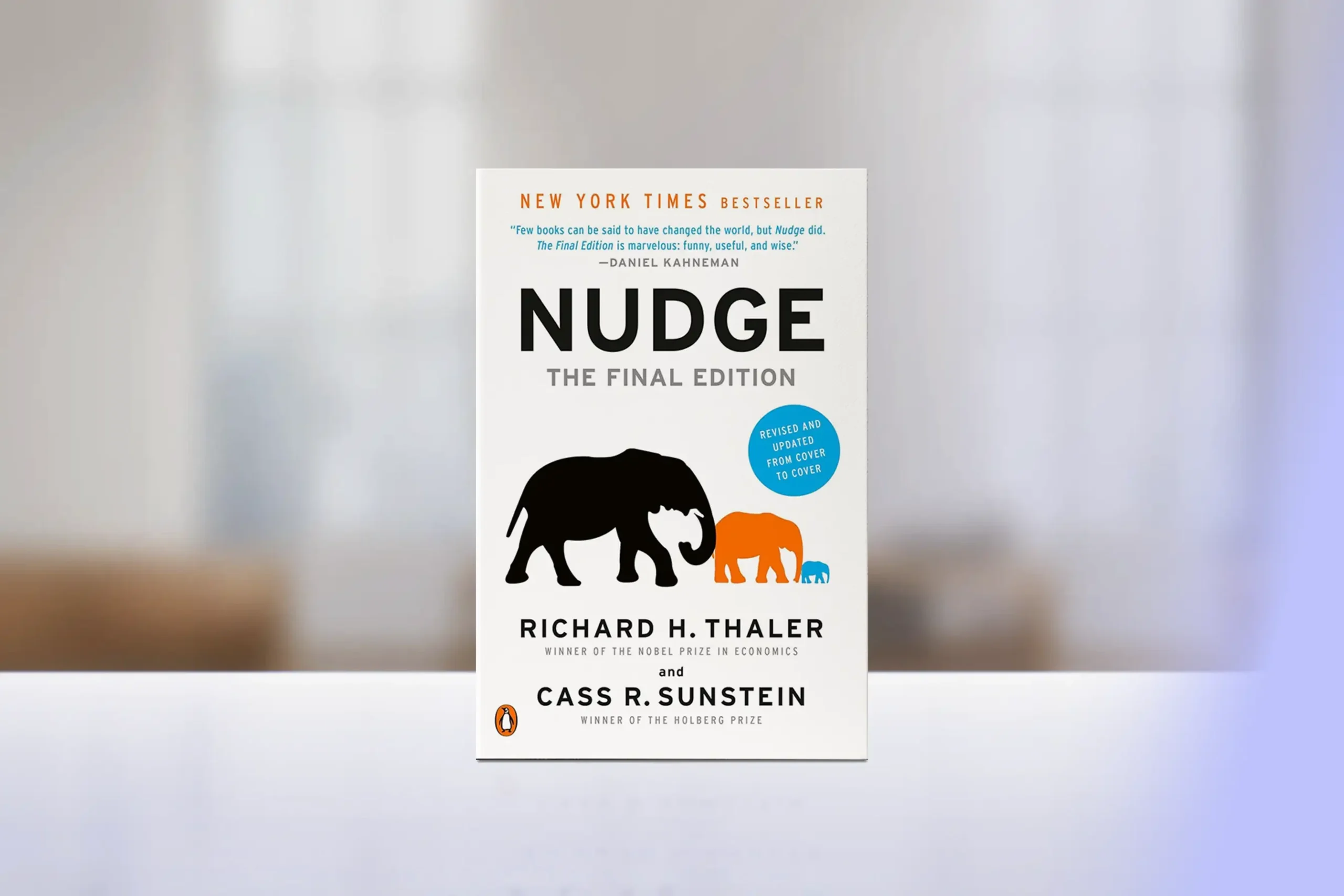Are you feeling adrift, wondering what your true calling in life might be? You’re not alone. Many of us spend years searching for that elusive sense of purpose, often looking in all the wrong places. But what if the key to unlocking your life’s purpose has been hidden in plain sight all along? In your own unique patterns of thought, behavior, and experience?
In this article, we’ll explore how to identify and interpret the recurring themes in your life, and how these patterns can guide you towards a deeper understanding of your purpose. Let’s embark on a journey of self-discovery, as we uncover the hidden clues that will lead you to a more meaningful, fulfilling life.
For more insights on finding your passion, check out our article on How to Find Your Passion in 5 Simple Steps.
Understanding Life Patterns
Life patterns are the consistent themes, challenges, and opportunities that emerge throughout our lives. They can manifest in our relationships, career choices, hobbies, and even in the lessons we learn from our failures and successes.
These patterns are not random occurrences, but rather signposts guiding us towards our true north. By developing a keen awareness of these recurring motifs, we can begin to decipher the language of our lives and understand the unique role we’re meant to play in this world.
The Origins of Life Patterns
Our life patterns emerge from a complex interplay of various factors:
- Early Experiences: Our childhood experiences, particularly our relationships with primary caregivers, shape our beliefs about ourselves, others, and the world. These early imprints often form the foundation of our life patterns.
- Cultural and Societal Influences: The values, norms, and expectations of our culture and society play a significant role in shaping our patterns of behavior and decision-making.
- Genetic Predispositions: Some aspects of our personality and tendencies may have a genetic component, influencing the patterns we develop.
- Learned Behaviors: Through observation, education, and experience, we develop habits and ways of thinking that become ingrained patterns over time.
- Trauma and Significant Life Events: Traumatic experiences or pivotal moments in our lives can create lasting patterns as we attempt to cope with or make sense of these events.
Why We Keep Following Patterns
Understanding why we continue to follow patterns, even when they may not serve us, is crucial for personal growth and finding our purpose. Several factors contribute to the persistence of our patterns:
- Comfort and Familiarity: Even if a pattern isn’t beneficial, it’s familiar. Our brains are wired to prefer the known over the unknown, as it requires less energy and feels safer.
- Unconscious Beliefs: Many of our patterns are driven by deeply held beliefs about ourselves and the world, often operating below our conscious awareness.
- Neurological Pathways: Repeated thoughts and behaviors create strong neural connections in our brains, making these patterns easier to fall back into.
- Emotional Regulation: Sometimes, our patterns serve as coping mechanisms, helping us manage difficult emotions or situations, even if they’re not the healthiest long-term solutions.
- Reinforcement: If a pattern has led to positive outcomes in the past, we’re likely to repeat it, even if it’s no longer effective in our current circumstances.
Discerning Between Beneficial and Harmful Patterns
Not all patterns are created equal. Some propel us towards our purpose, while others hold us back. Here are some ways to distinguish between beneficial and harmful patterns:
- Self-Reflection: Regularly take time to examine your patterns. Ask yourself: Does this pattern align with my values and goals? Does it contribute to my well-being and the well-being of others?
- Outcome Analysis: Look at the results of your patterns. Are they leading to positive, desired outcomes in your life? Or do they result in repeated frustrations or setbacks?
- Emotional Check-in: Pay attention to how you feel when engaging in a pattern. Beneficial patterns often bring feelings of fulfillment, energy, and growth, while harmful patterns may lead to guilt, anxiety, or stagnation.
- Feedback from Others: Sometimes, those close to us can see our patterns more clearly than we can. Be open to feedback from trusted friends, family, or mentors.
- Professional Insight: Working with a therapist or coach can provide valuable, objective insights into your patterns and their impact on your life.
Breaking Harmful Patterns and Cultivating Beneficial Ones
Once you’ve identified patterns that don’t serve your purpose, the next step is to work on changing them. Here are some strategies:
- Mindfulness: Cultivate awareness of your patterns as they arise. This pause can give you the space to make a different choice.
- Reframing: Challenge the beliefs underlying harmful patterns. Look for evidence that contradicts these beliefs and consciously adopt more empowering perspectives.
- Small Steps: Start with small, manageable changes. Consistent small actions can lead to significant shifts over time.
- Accountability: Share your goals with a trusted friend or work with a coach who can support you in breaking old patterns and establishing new ones.
- Self-Compassion: Be patient and kind to yourself in the process. Change takes time, and setbacks are a normal part of the journey.
Remember, the goal isn’t to eliminate all patterns — that’s neither possible nor desirable. Instead, aim to cultivate patterns that align with your values, support your growth, and guide you towards your unique purpose.
Reflection: What’s one pattern in your life that you’d like to change? What small step can you take today to begin that transformation?
Identifying Your Patterns
To uncover your life patterns, start by conducting a thorough review of your journey so far. Grab a journal and carve out some quiet time for self-reflection. As you look back on your life, consider the following areas:
- Childhood dreams and interests: What did you love to do as a child? What made you feel alive and excited?
- Peak experiences: Recall moments when you felt a profound sense of joy, connection, or achievement. What were you doing? Who were you with?
- Challenges and obstacles: Reflect on the major challenges you’ve faced. What lessons did you learn? How did you grow?
- Relationships: Examine the people who have had the greatest impact on your life. What qualities do they share? What did they teach you?
As you journal, look for common denominators, recurring themes, and patterns that emerge across these different areas of your life.
Challenge: Create a “Life Patterns Mind Map” by visually organizing your reflections. Use colors, symbols, and images to represent the key themes and connections you discover.
Interpreting Your Patterns
Once you’ve identified your life patterns, the next step is to understand what they reveal about your purpose. This process involves looking beneath the surface and asking deeper questions about the significance of these themes.
For example, if you notice a pattern of being drawn to creative pursuits, ask yourself:
- What is it about creativity that resonates with me?
- How do I feel when I’m expressing myself creatively?
- What unique perspective or message do I want to share through my creative work?
- How can I use my creativity to make a difference in the world?
As you ponder these questions, you’ll begin to uncover the deeper meaning and purpose behind your patterns. You may discover that your love for creativity stems from a desire to inspire others, to challenge the status quo, or to bring more beauty into the world.
Understanding your patterns can also help you overcome self-doubt. For more on this, read our article on Overcoming Imposter Syndrome in Pursuing Your Purpose.
Reflection: Choose one of your key life patterns and free-write about its potential significance. What insights emerge when you dig deeper?
Aligning with Your Purpose
Discovering your life patterns is a major step towards living a purpose-driven life. But insight alone is not enough. To truly align with your purpose, you must take action and make conscious choices that honor your unique path.
This may involve:
- Pursuing work that aligns with your values and utilizes your gifts
- Cultivating relationships that support and challenge you to grow
- Engaging in activities and hobbies that bring you joy and fulfillment
- Contributing your time and resources to causes that matter to you
As you make these purposeful choices, you’ll begin to experience a greater sense of clarity, direction, and satisfaction in your life. You’ll feel more connected to yourself and to the world around you.
For more guidance on aligning your career with your purpose, check out our article on Aligning Your Career with Your Life Purpose.
Challenge: Identify one small action you can take today to align more fully with your life’s purpose. It could be as simple as setting an intention, signing up for a class, or reaching out to a meaningful connection.
Embracing the Journey
It’s important to remember that discovering and living your purpose is an ongoing journey, not a final destination. As you grow and evolve, so too will your understanding of your life’s calling.
Embrace the twists and turns, the surprises and setbacks, knowing that each experience is an opportunity to learn and to refine your path. Trust in the wisdom of your life patterns, but also remain open to new possibilities and directions.
After all, your purpose is not a static thing to be found once and for all, but a dynamic unfolding that requires your active participation and engagement. It’s a co-creative dance between your unique gifts and the needs of the world.
Reflection: How can you cultivate a sense of curiosity, openness, and trust as you continue to navigate your purposeful path?
Your Purposeful Path Forward
As you stand at the threshold of this new chapter, know that you have everything you need to discover and live your purpose. The clues have been there all along, woven into the very fabric of your life story.
By unlocking the power of your life patterns, you’ve gained a profound tool for self-discovery and direction. You’ve learned how to read the map of your own soul, to decipher the unique language of your calling.
But this is just the beginning. The real adventure lies in living out this purpose, day by day, choice by choice. It’s in daring to show up authentically, to share your gifts boldly, and to serve wholeheartedly.
As you embark on this purposeful path, remember:
- You are here for a reason. Your existence is a gift to the world.
- Your purpose is not a destination, but a journey of becoming.
- Every challenge and opportunity is an invitation to grow and to give.
- You have a unique role to play in the unfolding story of our world.
So take a deep breath, trust in the wisdom of your life patterns, and step forward with courage and conviction. The world is waiting for the singular magic that only you can bring.
Book recommendations for further exploration: “Let Your Life Speak” by Parker J. Palmer and “The Power of Purpose” by Richard J. Leider.
Dive deeper with these related articles: The Connection Between Purpose and Personal Values and Cultivating Purpose in Different Life Stages.
Your purpose is your birthright and your gift. May you have the grace to discover it, the courage to claim it, and the tenacity to live it, every single day. The journey begins now.





